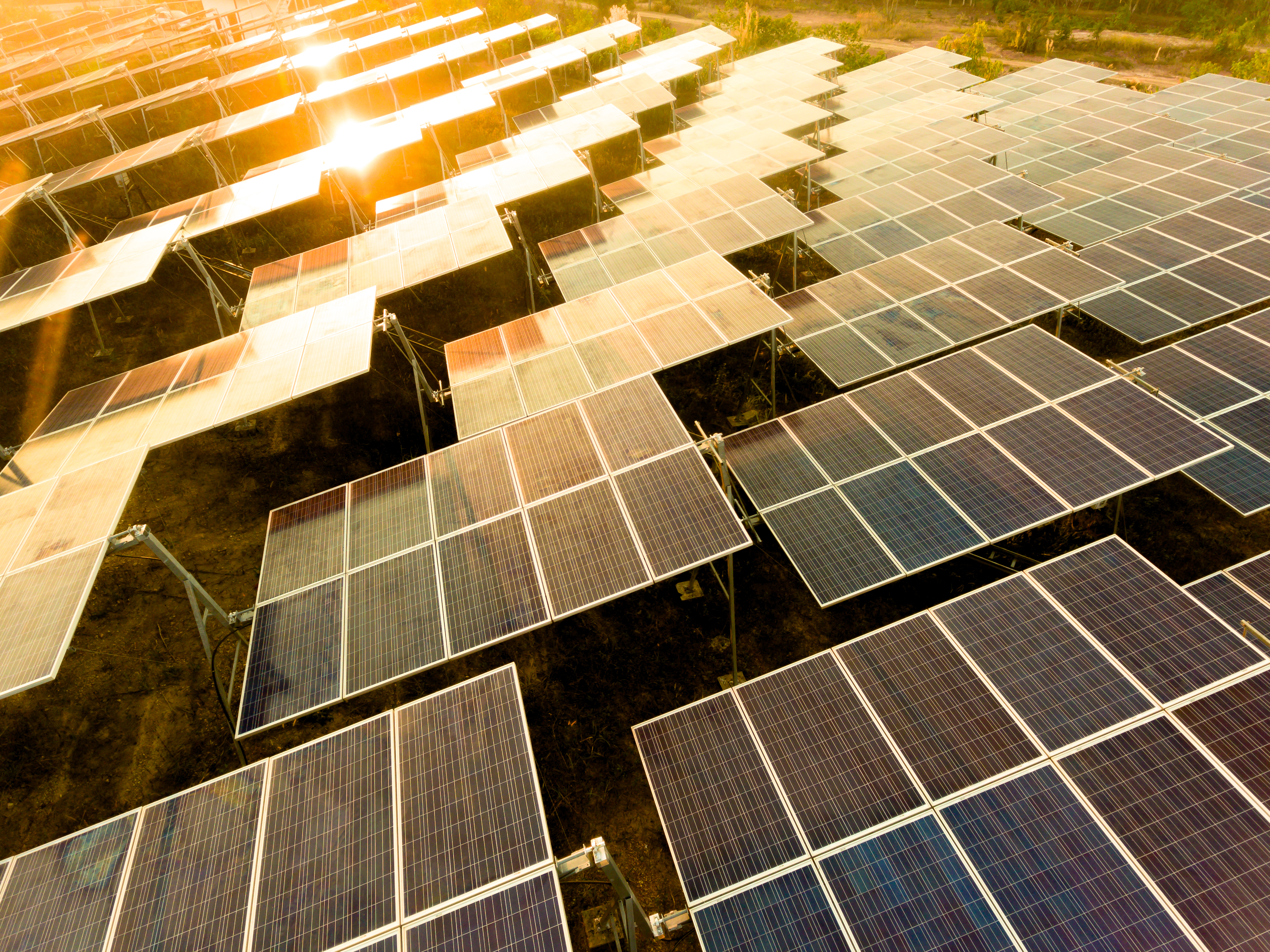
Clean energy has the potential to power the 21st century economy, but also the power to boost Indigenous cleantech leadership in Canada.
TL;DR
-
Indigenous organizations are the single largest owners of clean energy assets in Canada, after Crown corporations and utilities.
-
Cleantech adoption boosts Indigenous leadership in the energy sector and improves energy equality.
-
Cleantech investments put more money into Indigenous communities to fund further projects and reduce emissions.
Indigenous peoples in Canada are disproportionately impacted by global warming and fossil-fuel pollution due to community remoteness, geography, dated and inefficient infrastructure, and reliance on diesel for power generation and heating, according to the Canadian government. This means that efforts to increase renewable energy use and improve energy efficiency can play a vital part in tackling energy inequality.
The proliferation of cleantech and the ever-decreasing cost of renewables means that more Indigenous communities can reap the benefits of Canada’s societal shift towards sustainability. Increasing First Nations, Inuit, and Métis access to cleantech is gaining importance — both within those communities and at the provincial and federal levels — as funding and engagement ramp up.
Reforming the energy sector and ensuring that Indigenous communities are full and equal partners is an important step towards national reconciliation. Prior to the 1970s there was no legal or political system in Canada that required corporations and energy developers to consult Indigenous communities. While much still needs to be done, there are encouraging signs that increased Indigenous inclusion and leadership in the green energy sector is leading to lower emissions and more renewable generation.
Indigenous cleantech operations growing rapidly
Organizations like the Canadian Council for Aboriginal Business (CCAB) and Indigenous Clean Energy (ICE) are championing Indigenous involvement in the energy sector. There has been a 30% increase in Indigenous owned or operated medium-to-large clean energy projects since 2017, with Indigenous communities and enterprises constituting the single largest owner of clean energy assets in Canada, after Crown Corporations and utilities.
As of July 2020, there were nearly 200 large Indigenous cleantech projects in operation or under construction across Canada.
For example, the 79 grid-tied renewable energy projects with First Nation owners, operators, or co-partners account for 14% of British Columbia’s electricity. This trend has been aided by programs like BC’s First Nations Clean Energy Business Fund, which provides up to $500,000 per applicant to fund clean energy projects.
System operators are also engaging with Indigenous communities. Ontario’s IESO launched its corporate Indigenous policy in 2020, and has announced its First Nation Community Building Retrofit Program. The program — set to launch in Q2 2022 — provides up to $100,000 per community towards energy efficiency projects for band infrastructure. For example, the IESO estimates that upgrading lighting in a band office can cost $16,000 but deliver $2,750 (18,000kWh) in energy savings each year. Over 110 communities and organizations have received a total of $11.7 million through IESO programs in 2020/21.
Easier access to funding can boost cleantech adoption
At the federal level, Ottawa has highlighted the importance of making Indigenous communities greener and more sustainable, allocating an additional $300 million over 5 years to support this initiative. Take for instance the Vuntut Gwitchin First Nation community of Old Crow in Yukon, which recently completed a 2,160 panel solar array micro-grid coupled with a 616kW battery. This system has allowed inhabitants to experience their community without the drone of diesel generators for the first time in 50 years.
The project reduces the community’s emissions by 680 tons of CO2e and lowers annual fuel use by 189,000 liters. “Our electricity purchase agreement [with ATCO Electric Yukon] now diverts over $410,000 a year back into our community,” explains Chief Dana Tizya-Tramm. The community plans to use these savings to fund further cleantech projects.
Many communities and businesses would like to wean themselves off of fossil fuels and invest in cleantech assets, but securing funding remains a big hurdle. Cleantech investments pay for themselves over time, and reinvesting those savings creates a positive feedback loop of lower costs and lower emissions.
Tackling climate change in an effective manner means ensuring that all segments of society have access to cleantech and the benefits of sustainability. The demand for these projects is plain to see, but there is a backlog of projects that is slowing down the green transition.
Reach out today to see how Payments can help you realize your cleantech goals.









